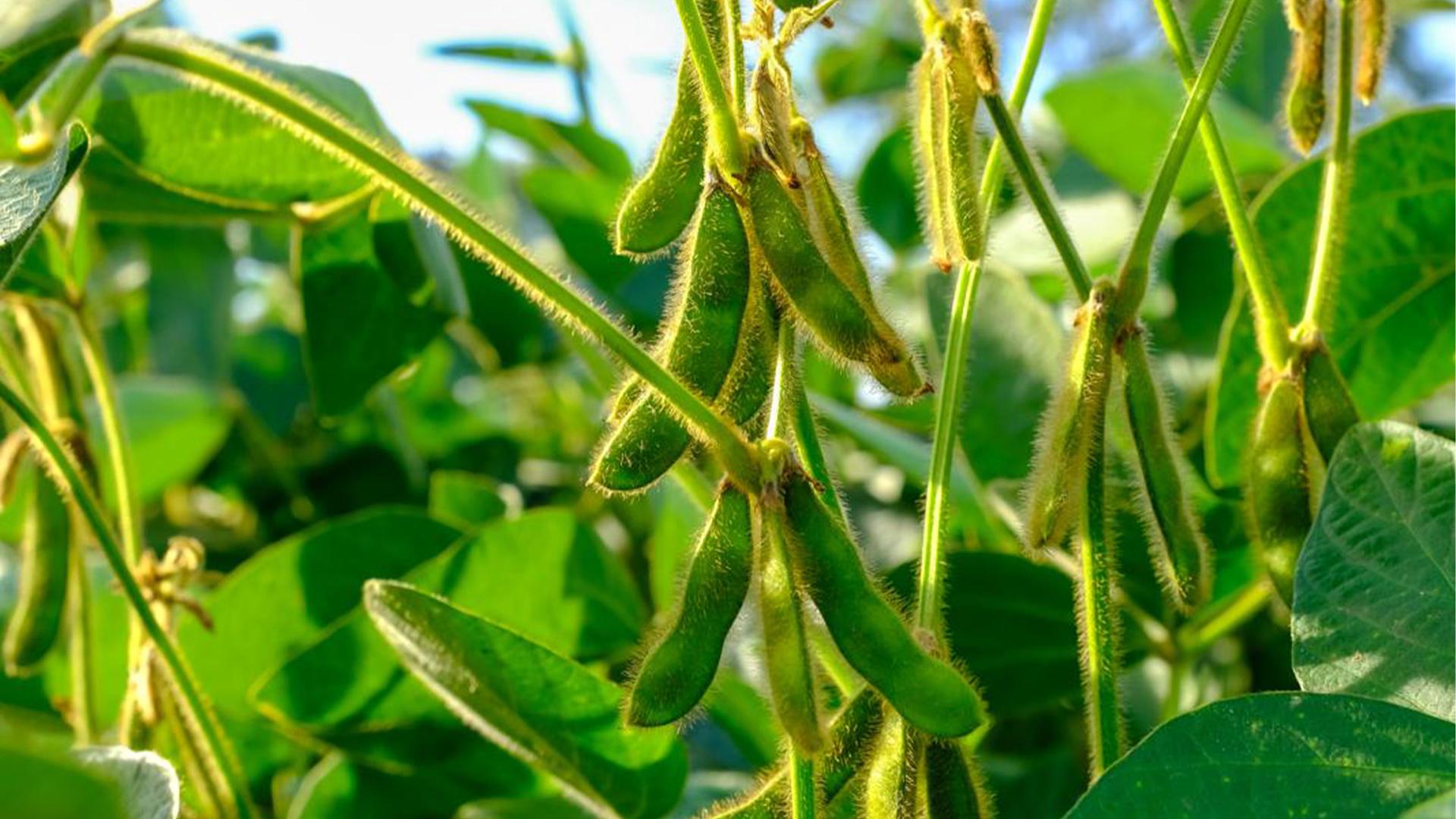
Food waste
Saving food and helping people
A visit to "Tischlein deck dich": members of the FMC Executive Board support the team on site.
navigation

Sustainability
The small soybean is regarded as a major environmental polluter. Why is that? What do farm animals and the vegan diet have to do with it? Answers to common prejudices.
Soy is full of nutrients, particularly protein. And it is cheap to grow, making it ideal for the production of food and animal feed. As global meat consumption increases, so does the demand for soy meal as livestock feed. The problem is that soy is one of the most traded raw materials, often grown in huge monocultures and treated with synthetic chemical pesticides. The majority of the soybeans produced around the world are grown in the USA, Brazil and Argentina. Large areas of forest and savannah are being converted into agricultural land. This is bad for the climate, biodiversity and the soil. In addition, indigenous peoples in these countries are losing their livelihoods. However, there are alternatives.
The goal of improving soy growing conditions in the countries of origin is easier to achieve if many players join forces. That's why Migros is a member of the Soy Network Switzerland and other international networks that promote sustainably grown soy. Over 90 percent of the feed soya imported into Switzerland in 2022 came from Europe. Micarna has been relying exclusively on the European product since 2015 for feeding the Optigal brand of chicken and laying hens. The procurement of soy meal is organised by the company itself, which shortens transport routes and ensures full transparency in terms of the origin, quality and production.
While Switzerland relies exclusively on GMO-free soy for cultivation and import, this is quite different for the rest of the world. According to Soy Network Switzerland, over 75 percent of the soy grown around the world is genetically modified. The three largest producing countries – USA, Brazil and Argentina – grow between 96 and 100 percent genetically modified soy with the aim of increasing the productivity of the soy plants. Although this is successful, it has a side effect: large volumes of pesticides are used on the soy monocultures. This in turn destroys the biodiversity within these areas.
Soy is thriving in Europe, for example in several countries in Central and South-Eastern Europe, where it is cultivated sustainably and without genetic engineering. This soy is used for food and animal feed and is imported into numerous countries, including Switzerland. The crop also grows here, but the yield is still low. However, efforts are being made to promote Swiss cultivation.
The market for meat and milk substitutes is growing, and the impression is being created that the large amount of soy being cultivated is primarily due to the increase in vegan food being made available. The figures paint a different picture: Of the total amount of soy harvested worldwide, approximately 80 percent is processed into animal feed and 15 percent into cooking oil. Only three percent ends up in our shopping baskets as food or drink.
Sustainability is part of our culture and we still have plenty more on our agenda. Learn more about it in our Stories!